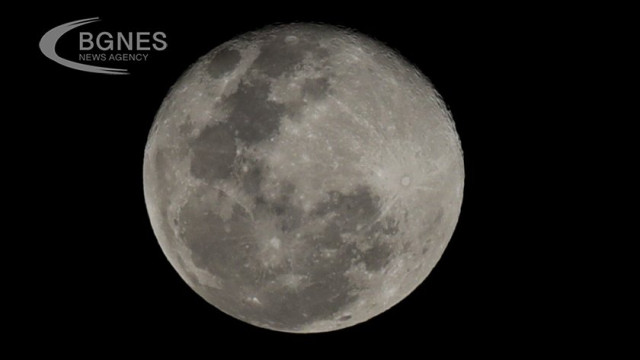The Ulysses spacecraft built and operated by Texas-based Intuitive Machines landed near the moon's south pole late on Feb. 22, the first U.S. landing on the lunar surface in more than half a century and the first achieved entirely by the private sector.
The six-legged robotic lander, dubbed Ulysses, touched down at about 6:23 p.m. (23:23 GMT), the company and NASA commentators said in a joint webcast of the landing from Intuitive Machines' mission operations center in Houston.
As planned, the spacecraft was supposed to have stopped in a crater named Malaper A near the moon's south pole, according to the webcast.
The landing, one day after the spacecraft reached lunar orbit and one week after its launch from Florida, was confirmed by signals transmitted back some 384,000 km to mission control.
According to flight controllers heard on the webcast, it took several minutes to restore communication with the lander, and the initial signal was weak, so mission control was unsure of the lander's exact status and attitude.
The spacecraft was not designed to provide live video of the event.
The spacecraft carried a suite of science instruments and technology demonstrations for NASA and several commercial customers, designed to operate for seven days on solar power before the sun set over the polar landing site.
NASA's payload will focus on collecting data on the interaction of space weather with the lunar surface, radio astronomy and other aspects of the lunar environment for future landers and NASA's planned return of astronauts later in the decade.
The Feb. 22 landing represents the first controlled descent of a U.S. spacecraft to the lunar surface since Apollo 17 in 1972, when NASA's last crewed lunar mission landed there with astronauts Gene Chernan and Harrison Schmidt.
So far, spacecraft from only four other countries have landed on the Moon - the former Soviet Union, China, India and, as recently as last month, Japan. The United States is the only country ever to send humans to the lunar surface. / BGNES







